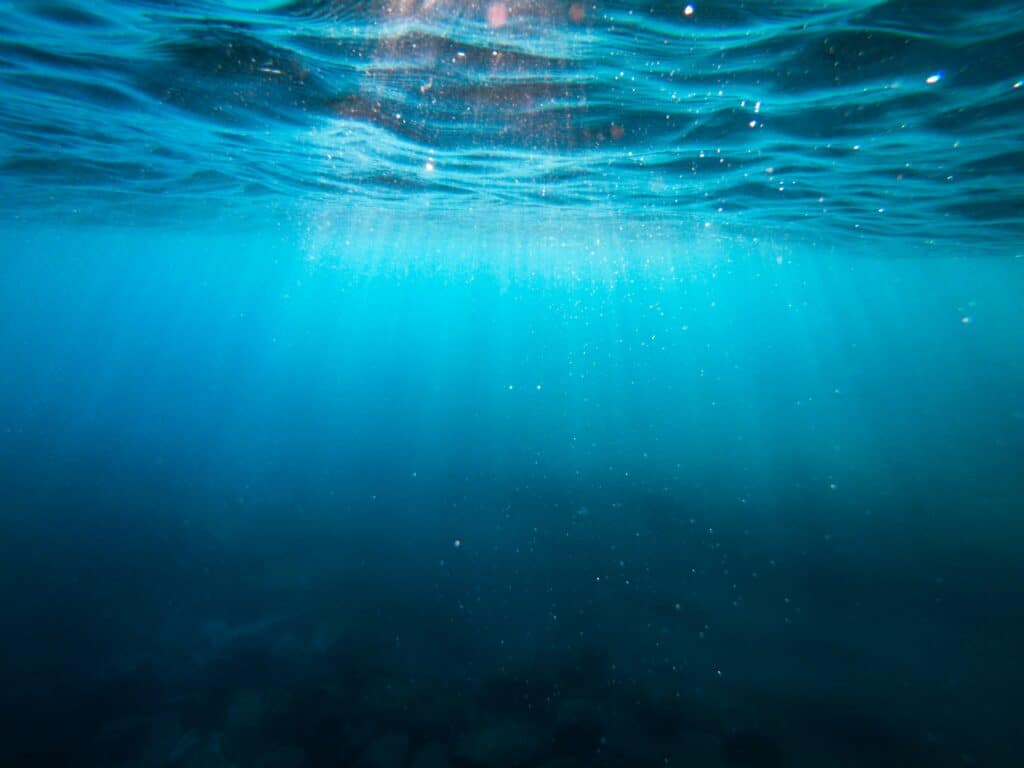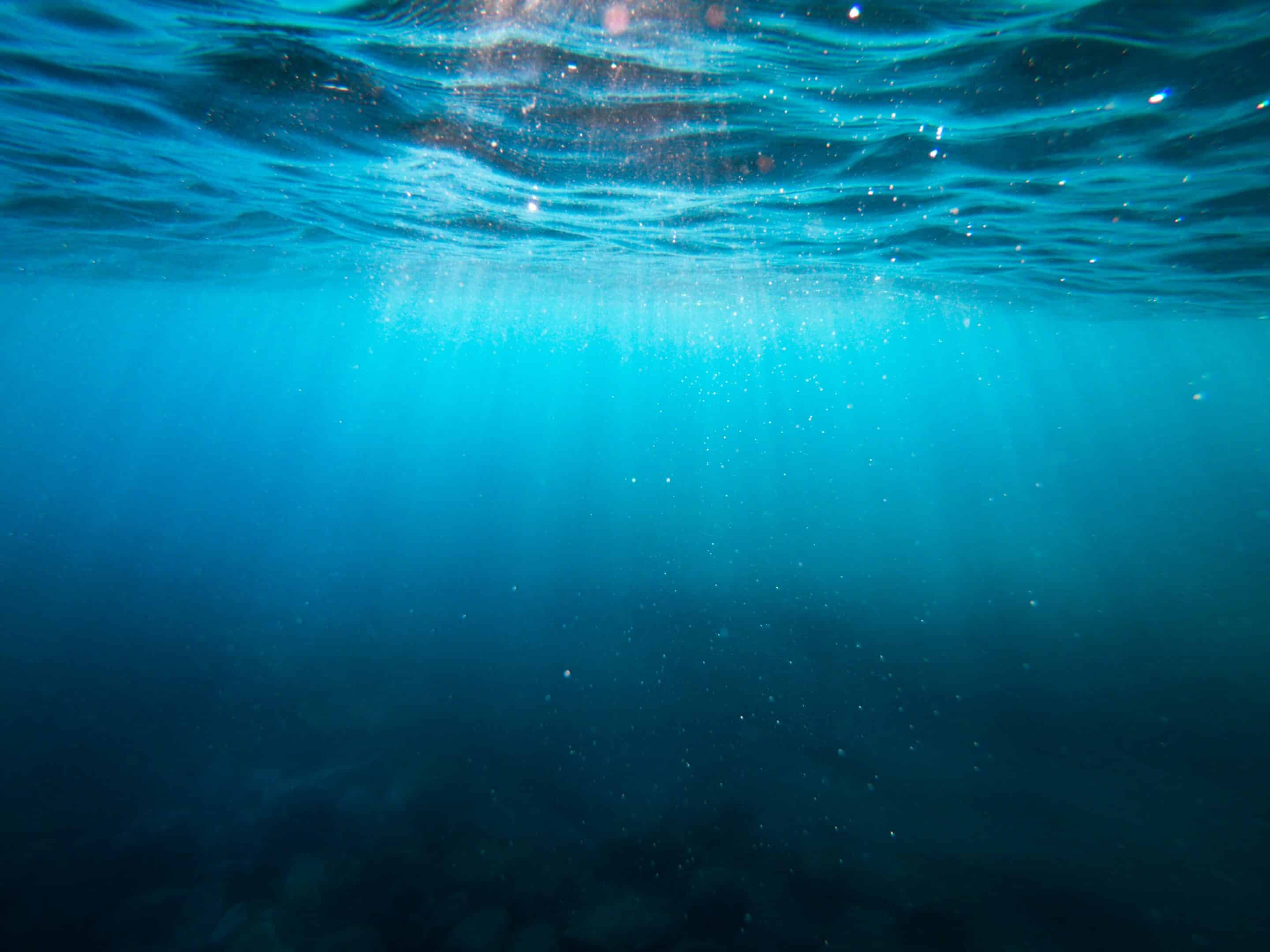Imagine yourself walking along a pristine beach in Costa Rica, the soothing sound of crashing waves filling the air. Suddenly, you catch a glimpse of a massive creature emerging from the turquoise waters and making its way up the sand. It’s a sea turtle – one of nature’s most majestic creatures – and you have just stumbled upon a nesting site. In this article, we will take you on a journey to explore the magical world of sea turtle nesting in Costa Rica, providing you with all the essential information you need to embark on this incredible adventure.

Understanding Sea Turtles
Sea turtles are fascinating creatures that inhabit the coastal waters of Costa Rica. There are several species of sea turtles found in this region, including the Green Turtle, Hawksbill Turtle, Olive Ridley Turtle, and Leatherback Turtle. Each of these species has unique physical characteristics and lifespans, making them captivating to study and observe. Sea turtles also play a crucial role in maintaining the balance of marine ecosystems, making their conservation efforts of utmost importance.
The Nesting Process of Sea Turtles
Sea turtles have a remarkable nesting process that takes place on the sandy beaches of Costa Rica. The nesting season usually begins in late summer and extends into early winter, with different species nesting at various times throughout the year. The female turtles carefully select the nesting site, primarily choosing sandy beaches with suitable conditions. They dig deep holes with their flippers, where they lay their eggs. This process of laying eggs is crucial for future generations of sea turtles, as it ensures the survival of the species.
Famous Sea Turtle Nesting Sites in Costa Rica
Costa Rica is home to several renowned sea turtle nesting sites that attract visitors from around the world. One such site is Tortuguero National Park, located on the country’s northeastern coast. This park is famous for its vast number of Green Turtles that come ashore to nest. Another notable nesting site is Santa Rosa National Park, where Leatherback Turtles frequent the beaches to lay their eggs. The Ostional Wildlife Refuge is known for its mass nesting event, known as an arribada, where Olive Ridley Turtles gather in great numbers. Las Baulas National Marine Park is yet another significant nesting site, providing protection to the endangered Leatherback Turtles.
Preparation for a Sea Turtle Nesting Tour
If you’re planning a trip to witness sea turtle nesting in Costa Rica, there are a few things you should keep in mind. First and foremost, pack lightweight and breathable clothing, as you will likely spend hours on the sandy beaches. Additionally, bring insect repellent, sunscreen, a hat, and comfortable footwear. The best time to visit is during the peak nesting season, which varies according to the species you wish to observe. It’s also advisable to book a guided tour, as these trained professionals will ensure you have a safe and educational experience. Keep in mind that entrance fees may apply to certain nesting sites, so be prepared to pay a small fee to support conservation efforts.

Guidelines for Observing Sea Turtle Nesting
While it is an incredible experience to witness sea turtles nesting, it is crucial to maintain a respectful distance and minimize any disturbances. Approach the nesting turtles quietly and avoid any sudden movements or loud noises that may frighten them. Remember to follow the directions of your guide and avoid using bright lights or flash photography, as these can disorient and distress the turtles. It is essential to prioritize the well-being of the turtles and ensure that their nesting process remains undisturbed.
The Role of Conservation Efforts
Conservation efforts play a vital role in protecting sea turtles and their nesting sites. Sea turtles face numerous threats, including poaching, illegal wildlife trade, ocean pollution, and the impacts of climate change. Through conservation initiatives, such as habitat protection, nesting site preservation, and educating local communities, we can mitigate these threats and ensure the survival of these magnificent creatures. Costa Rica has been at the forefront of sea turtle conservation, implementing strict laws and regulations to safeguard their nesting sites and promoting sustainable tourism practices.

How to Participate in Sea Turtle Conservation
For those passionate about sea turtle conservation, there are various ways to get involved. Many organizations offer volunteer opportunities where individuals can contribute directly to the protection and research of sea turtles. These programs allow volunteers to participate in activities such as nest monitoring, beach patrols, and hatchling releases. Another way to support sea turtle conservation is by adopting a sea turtle. Through adoption programs, individuals can make a financial contribution that directly supports conservation efforts and helps protect these endangered species.
Threats Faced by Sea Turtles
Sea turtles face numerous threats that jeopardize their survival. One of the major concerns is poaching and the illegal wildlife trade, driven by a demand for sea turtle products. This practice not only reduces the turtle populations but also disrupts the delicate balance of marine ecosystems. Additionally, ocean pollution, including plastic debris and chemical contaminants, poses a significant threat to sea turtles. As they mistake these pollutants for food, they can suffer from internal injuries or even death. Climate change also poses a significant threat, as rising sea levels and changing temperatures impact nesting sites, causing potential habitat loss.

Understanding the Laws on Sea Turtle Protection in Costa Rica
Costa Rica recognizes the importance of protecting its sea turtle populations and has implemented stringent laws and regulations to ensure their welfare. These laws on wildlife protection prohibit the capture, killing, or disturbance of sea turtles and their eggs. Violating these laws can result in significant penalties, including fines and even imprisonment. These regulations aim to deter poachers and incentivize individuals to prioritize the conservation of these magnificent creatures.
Conclusion
Sea turtles play a critical role in maintaining the health and balance of marine ecosystems. Their nesting process is a remarkable natural spectacle that draws tourists from all over the world to Costa Rica. By understanding the species of sea turtles, their nesting process, and the significance of conservation efforts, we can appreciate the importance of protecting these magnificent creatures. With continued conservation initiatives and public support, we can ensure a bright future for sea turtle nesting in Costa Rica.








0 Comments